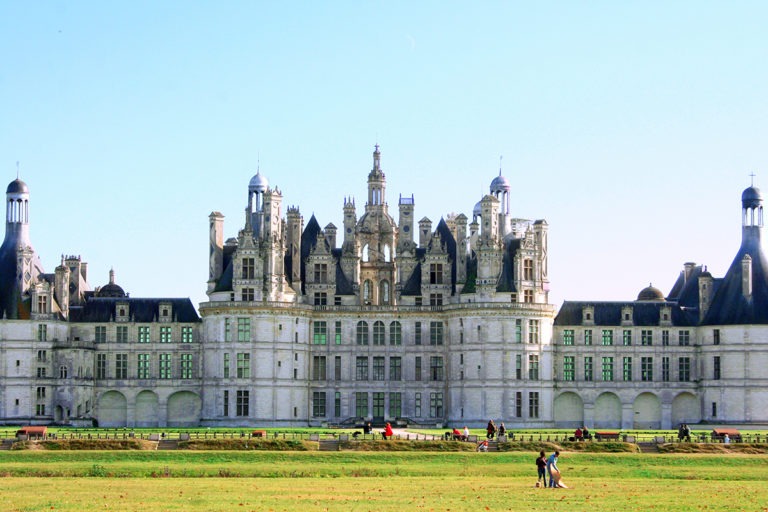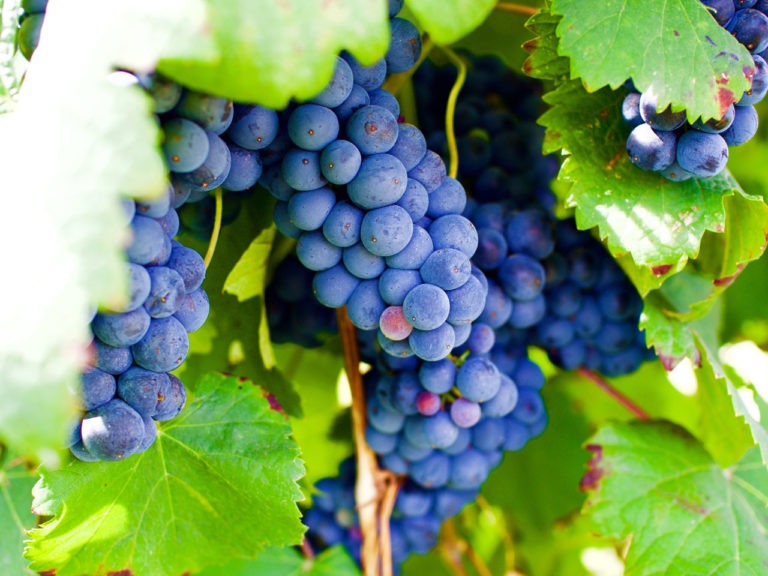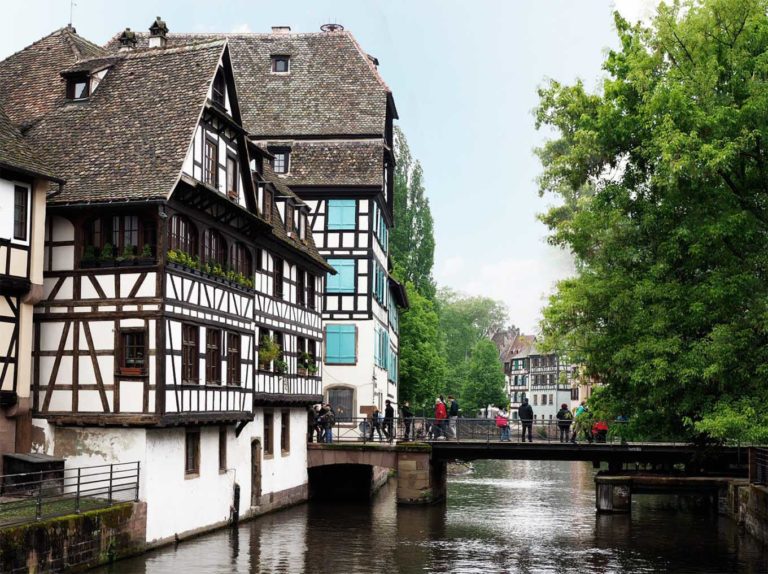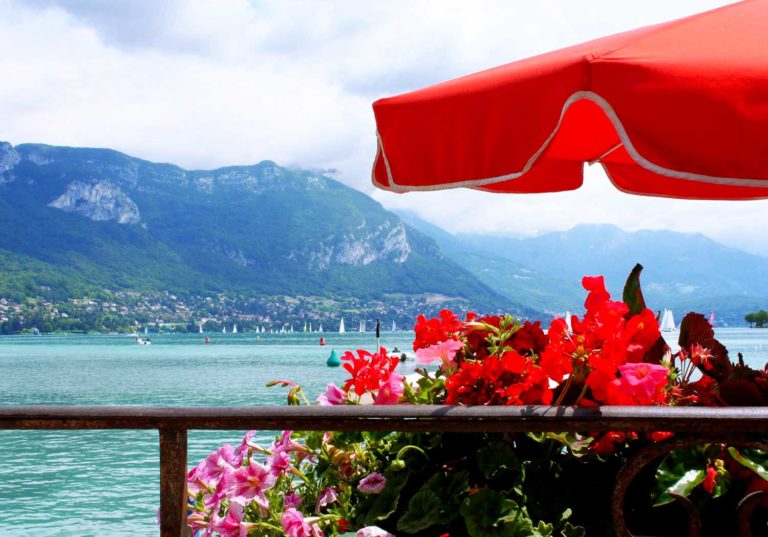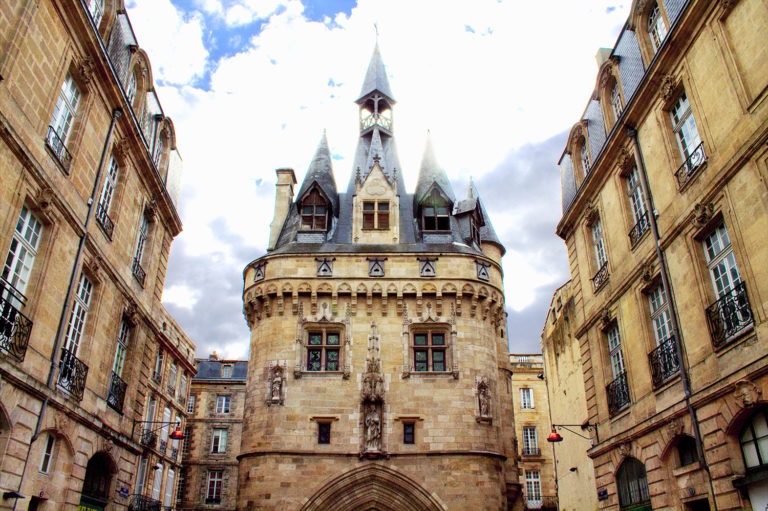Quintessentially French: Visiting Champagne Cellars in Epernay and Reims
It was bright and crisp as I made my way towards the rendezvous point that morning, smiling to myself and thinking that only a champagne tasting could get me out of bed this early on my holiday. Indeed, I was about to embark an eye-opening journey in the heart of the Champagne region, just two hours outside the capital.
“Champagne! In victory one deserves it, in defeat one needs it.”
-Napoleon Bonaparte
What Is Champagne And How Is It Made?
Champagne is not merely a sparkling wine; it is the mother of all sparkling wines, which is why it became a “controlled designation of origin” — which means only the wine produced within the 34,000 hectares of the Champagne region can be called Champagne. There are very strict and lengthy requirements regarding the champagne viticulture, which includes the bottling process, the pruning, the pressing, and many more aspects.
Hold on to your hats, I’m about to get quite technical!
[left] [/left][right]
[/left][right] [/right]
[/right]
Champagne is an assemblage product and not a single origin — with the notable exception of millésimes, which are outstanding and rather rare harvests. “Regular” champagne a mixture of three different kinds of grapes, and the proportions vary from one producer to another, even from one cru to another.
- Chardonnay, for finesse and delicacy
- Pinot noir, for character and intensity
- Pinot meunier, for fruitness and roundness
Vines are hand-harvested every September, and will yield roughly eight million bottles encompassing 519 different crus, of which only 17 will eventually be granted the admirable grand cru appellation.
Champagne, contrary to wine, requires a double fermentation. Once supplementary yeast and sugar have been added, the product will then age for a minimum of 18 months in order to give flavours enough time to reach their zenith. Meanwhile, the bottle will be turned over several times according to a very strict schedule and method, allowing the lee (deposits of residual yeast that precipitate to the bottom of a bottle during fermentation) to travel all the way back to the neck of the bottle before it is frozen. The freezing process serves two purposes: first, it quickly forces the ice containing the lee out of the bottle through sheer pressure, and second, the speed at which this occurs allows the winemaker to cork the bottle rapidly in order to keep the carbon dioxide, colloquially known as “the bubbles”.
“Too much of anything is bad, but too much Champagne is just right.”
-Mark Twain




Where Can I Taste Champagne?
G.H. Mumm
G.H. Mumm cellars is located in Reims and remains one of the largest champagne producers in the area. It is also an official sponsor of Formula 1 racing since 2013; indeed, G.H. Mumm provides the champagne bottles for the podium celebrations.
The experience was simply fantastic, from the warm welcome to Sandrine’s (how very French!) knowledgeable and friendly tour of Mumm’s 25 kilometres of maze-like underground galleries, where the champagne is aged and stored in 90% humidity.To my greatest enjoyment, it turns out that champagne cellars are every bit as fascinating as I imagined them to be.


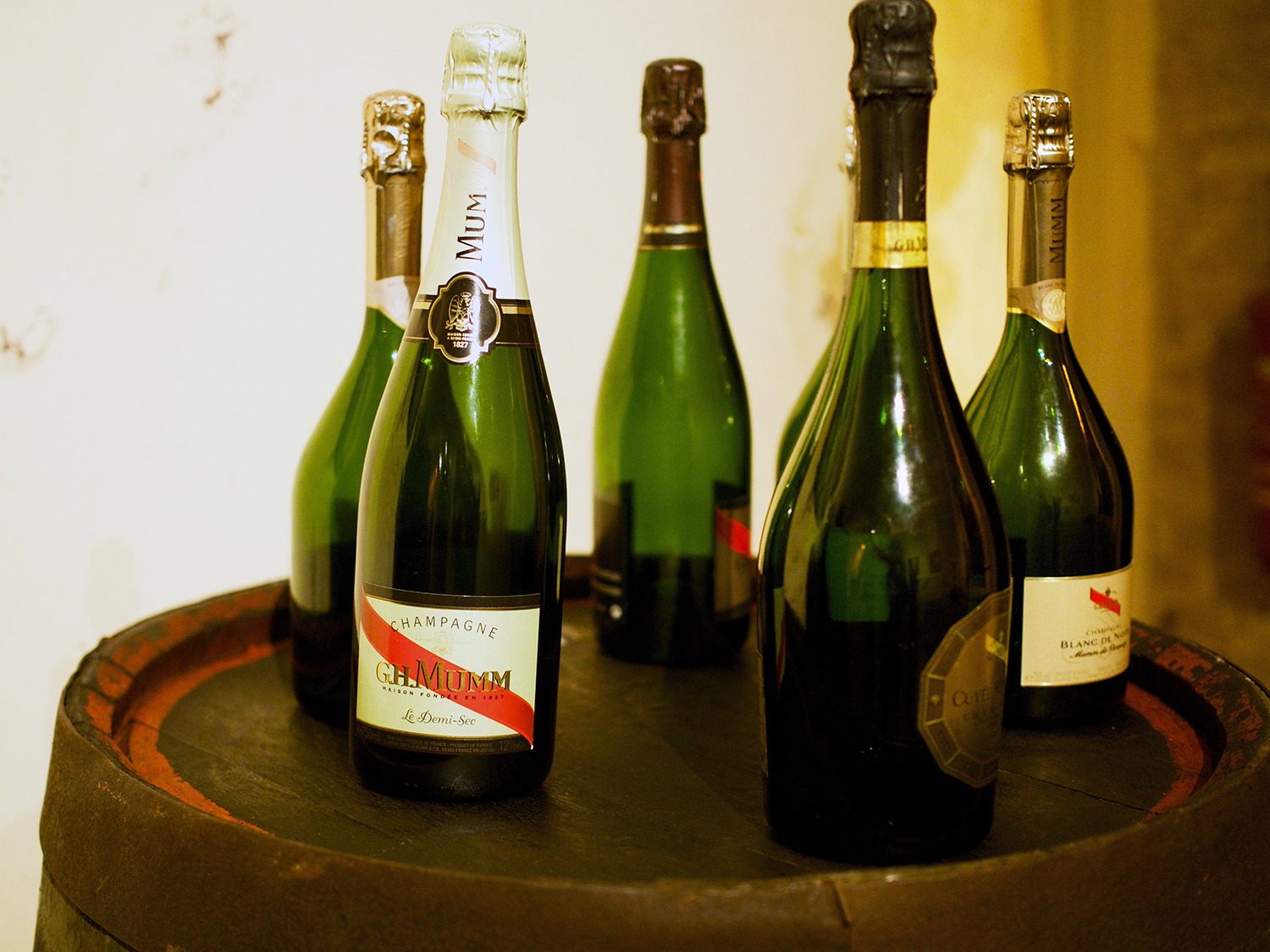
[left] [/left][right]
[/left][right] [/right]
[/right]
Mercier
Located in Epernay — the trading capital of Champagne — the Mercier cellars and shop stand proudly on the world-famous Avenue de Champagne which Churchill named “the world’s most drinkable address”, flanked by some of the finest champagne producers and under which inconspicuously run dozens of kilometers of underground galleries.
The quirky thing about this visit is that, instead of exploring the cellars on foot, I was given an audio guide and invited to embark on a small train that zoomed me through the 18 kilometres-long cellars located 30 metres below the mythical Avenue du Champagne. That was certainly an unexpected treat!
These cellars were the first of the kind in the area, thanks to Eugène Mercier’s visionnary plans. He is largely credited for having made champagne the widely distributed yet highly respected libation that it is today.
http://www.champagnemercier.fr/en/
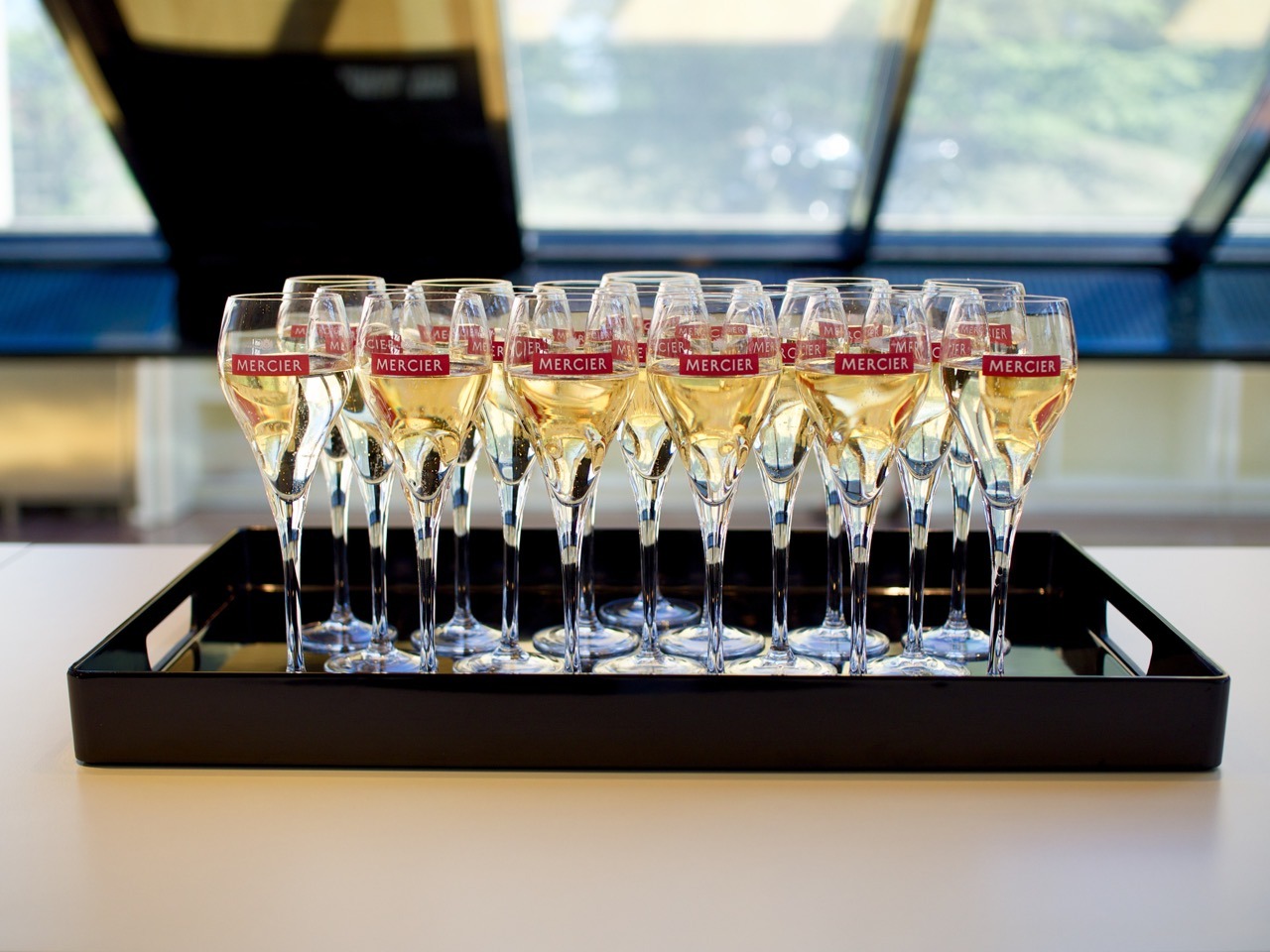
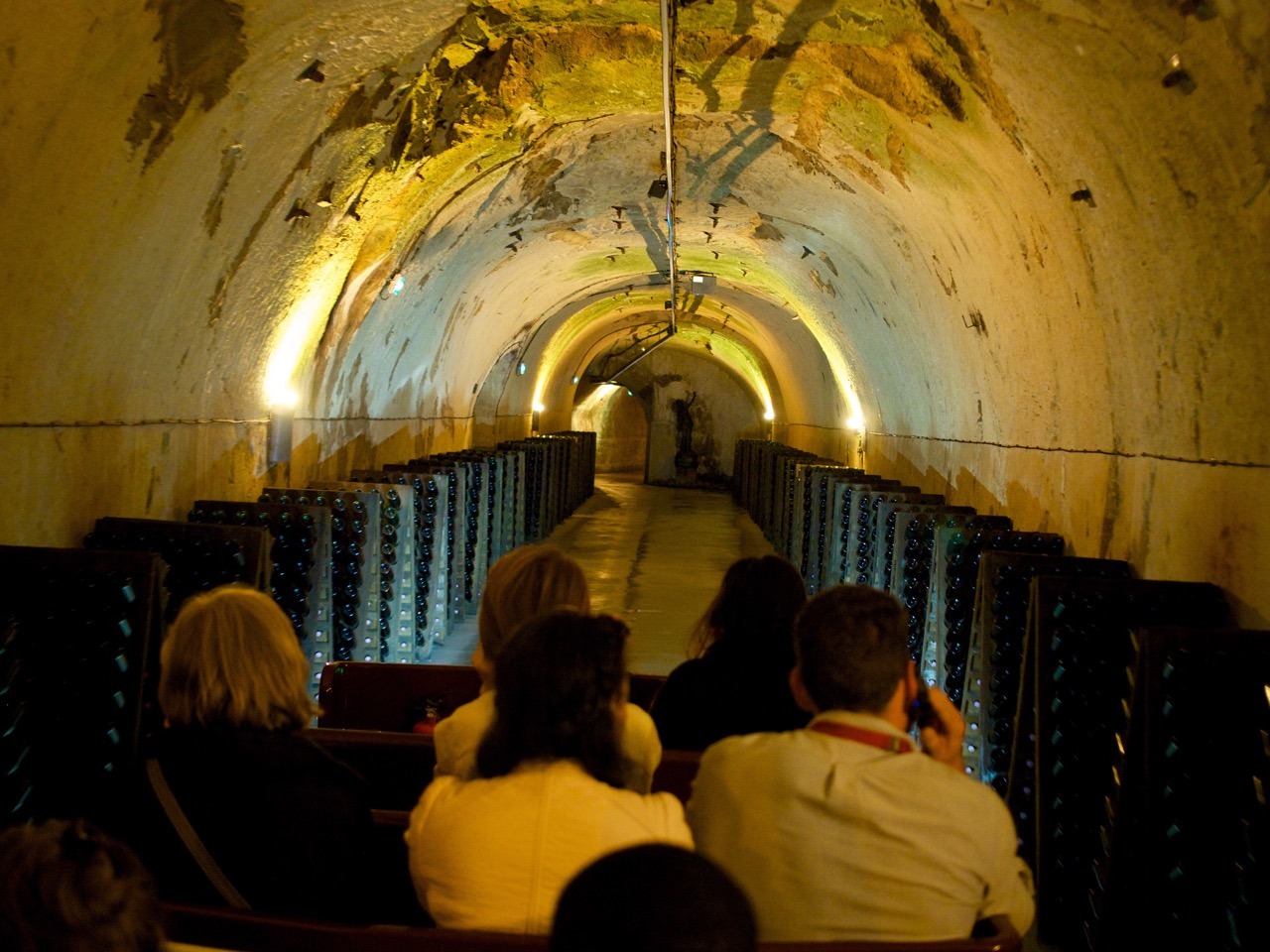
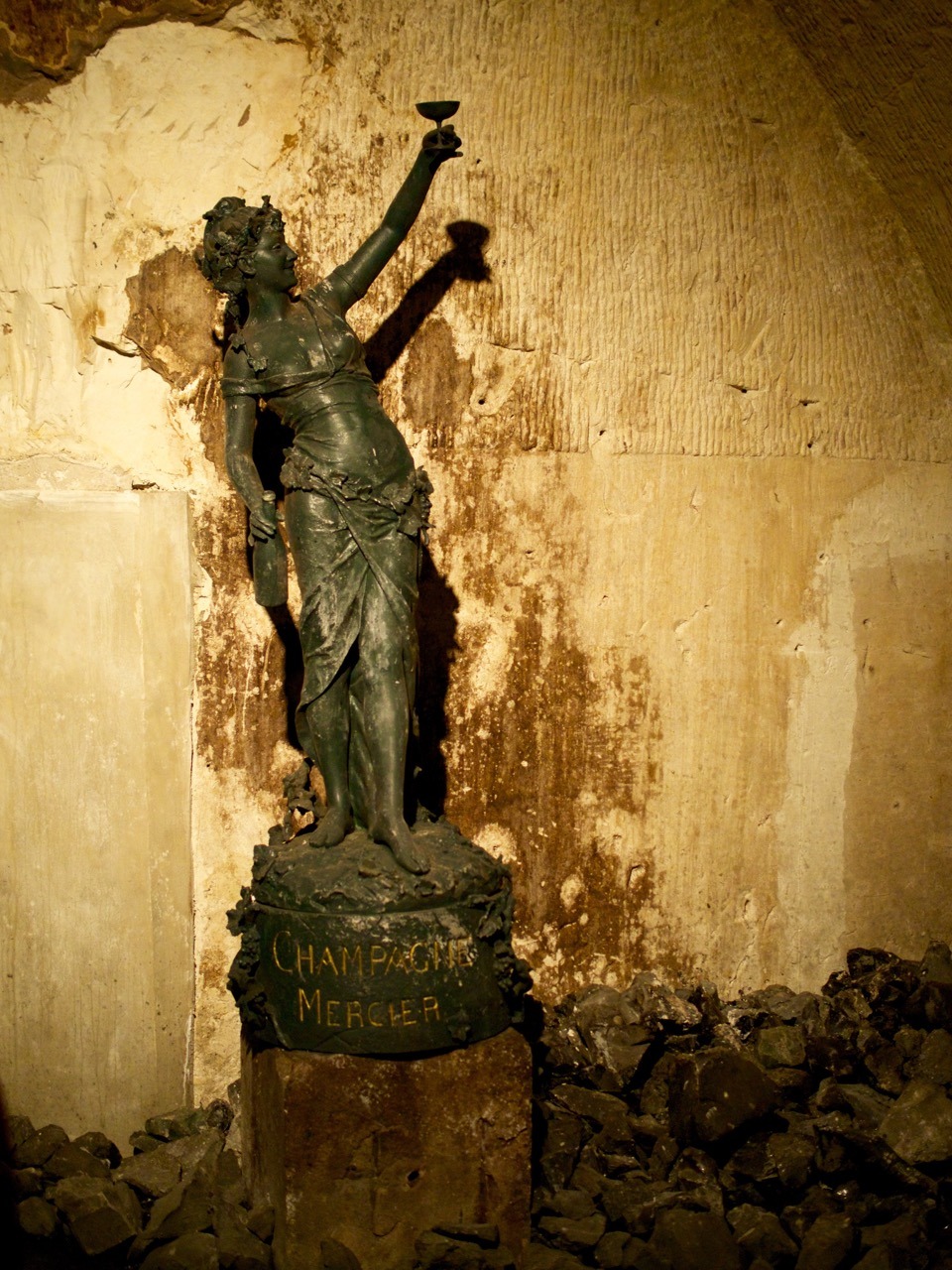

“Come quickly, I am drinking the stars!”
-Dom Perignon, upon first tasting champagne
Champagne Day Trip from Paris: Good To Know
- Should you decide to not visit Champagne with a guided tour, you can book independent visits to many champagne houses in Reims and Epernay (prepare to fork out 20 euros per visit):
- The Champagne vineyards are at their best in the summer, right before harvest; that’s when they’ll be greenest and fullest. Autumn, winter, and early spring visits will be synonymous with virtually bare vines.
- The Champagne tour with Viator also includes a stop in the historical centre of Reims, and a guided visit of the beautiful and fascinating Notre-Dame-de-Reims Cathedral. This is where Clovis, the first French king, was baptized in AD 496.
- Most visits include a tour of the cellar, an overview of the production process and the items on sale in the shop, as well as a tasting.
- Visit champagne.fr for additional info on the cellars, the region, and organising your own visits.
“There comes a time in every woman’s life when the only thing that helps is a glass of Champagne.”
-Bette Davis
[wpgmza id=”254″]

